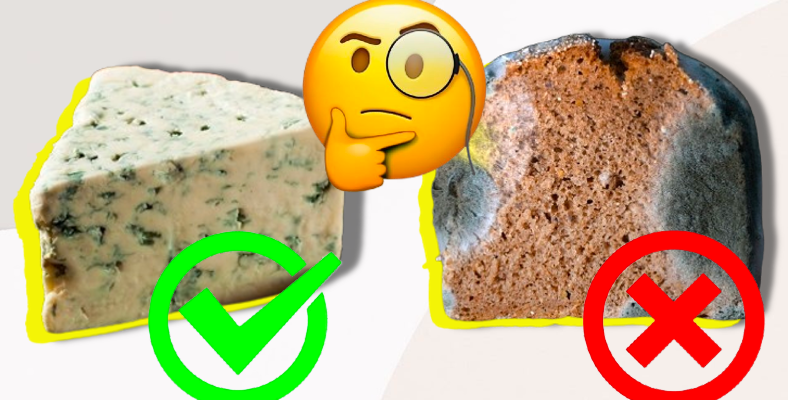Late at night, our stomach started rumbling and we searched for a few slices of bread at home to suppress our hunger. There is bread, but it is moldy! What will we do now? We probably won’t consume it. Actually, everything is normal up to here. However, when it comes to cheese, things get a little complicated.
At this point, the confusing part is; When mold is on bread, we directly refuse to consume it, and when it is on cheese, we eat it with admiration. Well, if mold was harmful, aren’t the cheeses we buy with admiration for their mold harmful?
This logic errorthere must be a significant explanation.
Before we get to cheese, let’s start with other foods.
These green, blue and white parts, known as mold, It is caused by spores, which are a type of reproductive cells. In fact, the molds in these spots or groups, which we commonly encounter in fruits, jams and outside of bread, do not only invade the area where they are located.
These spores, which cause mold, literally burrow into the food. It spreads by branches and is very difficult to see with the naked eye. In other words, cutting out the molds that we can see does not mean that we have completely gotten rid of them. If you are doing something like this, we can say that you are eating a lot of mold.
So, are eating these mold spores harmful or harmless?
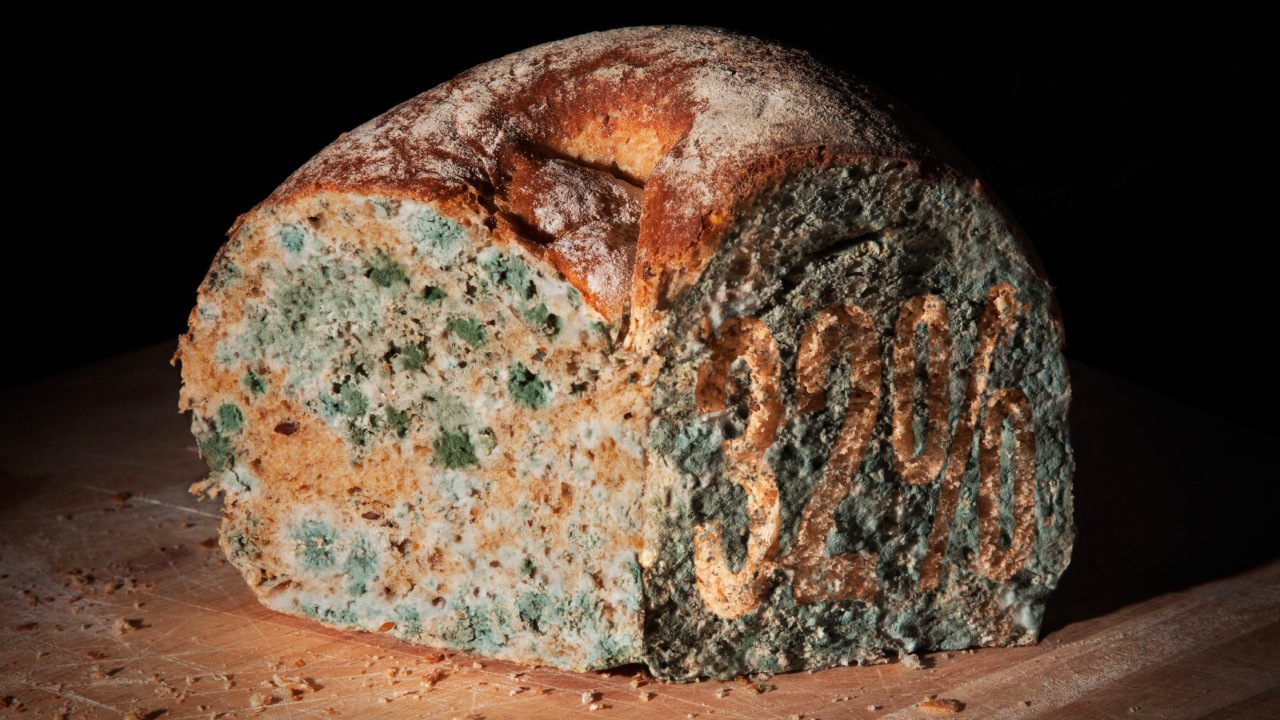
At this point, US Department of Agriculture technical information specialist Nadine Shaw says that the majority of mold fungi in hard foods are Molds are harmless because they cannot move on hard surfaces, but some are dangerous. it states.
These harmful ones may contain poisonous substances called mycotoxins, which can cause respiratory problems or various allergic reactions. Nadine Shaw, especially a substance called aflatoxin found in mold, He adds that it may even cause cancer.
In short, the reason why there are no negative effects from eating mold is probably because This is because harmless molds were encountered.. But of course, there is no guarantee that the next mold will not contain aflatoxin.
In addition, the type of mold that occurs in every food is not the same.
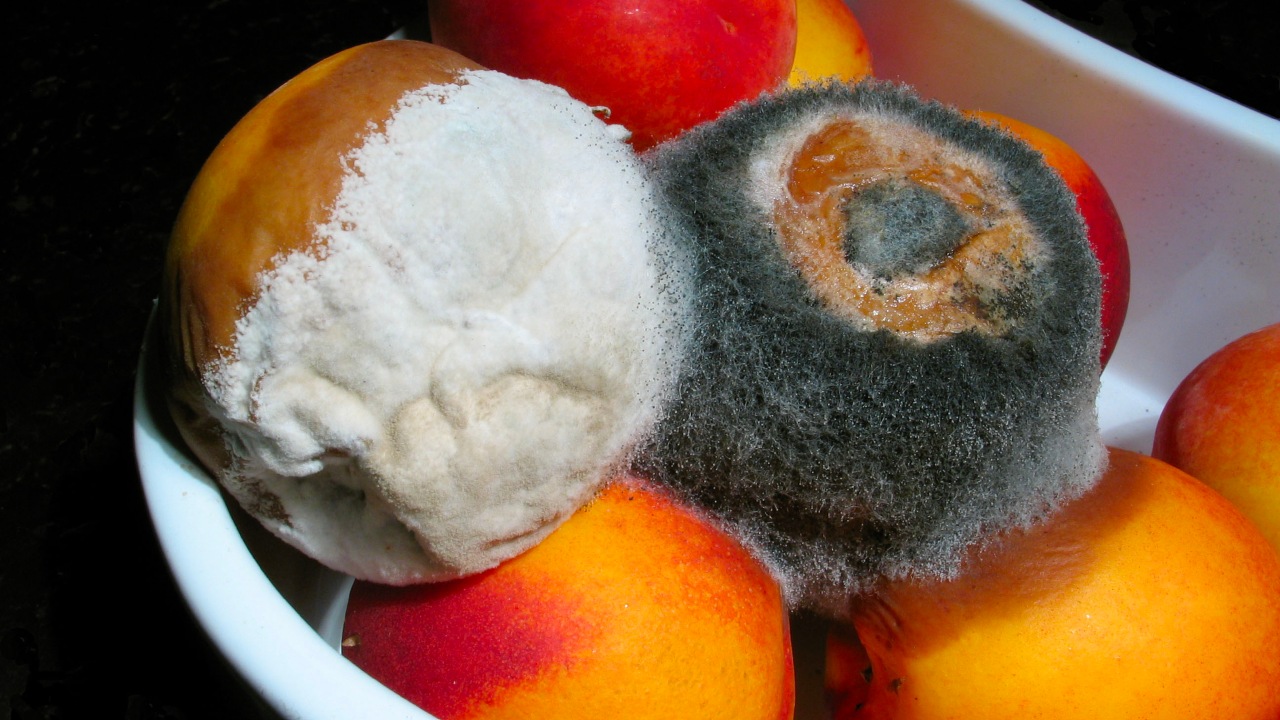
For example, liver-hating aflatoxin is a mold that grows mostly on peanuts and corn. Mycotoxins, which cause poisoning, usually grow in grains and nuts. Except this again different types of mold that grow on many fruits and vegetables There are also.
Mold; While fruits, vegetables, bread and various other foods are generally a nightmare, what about the fact that there is even an industry dedicated to moldy cheese?
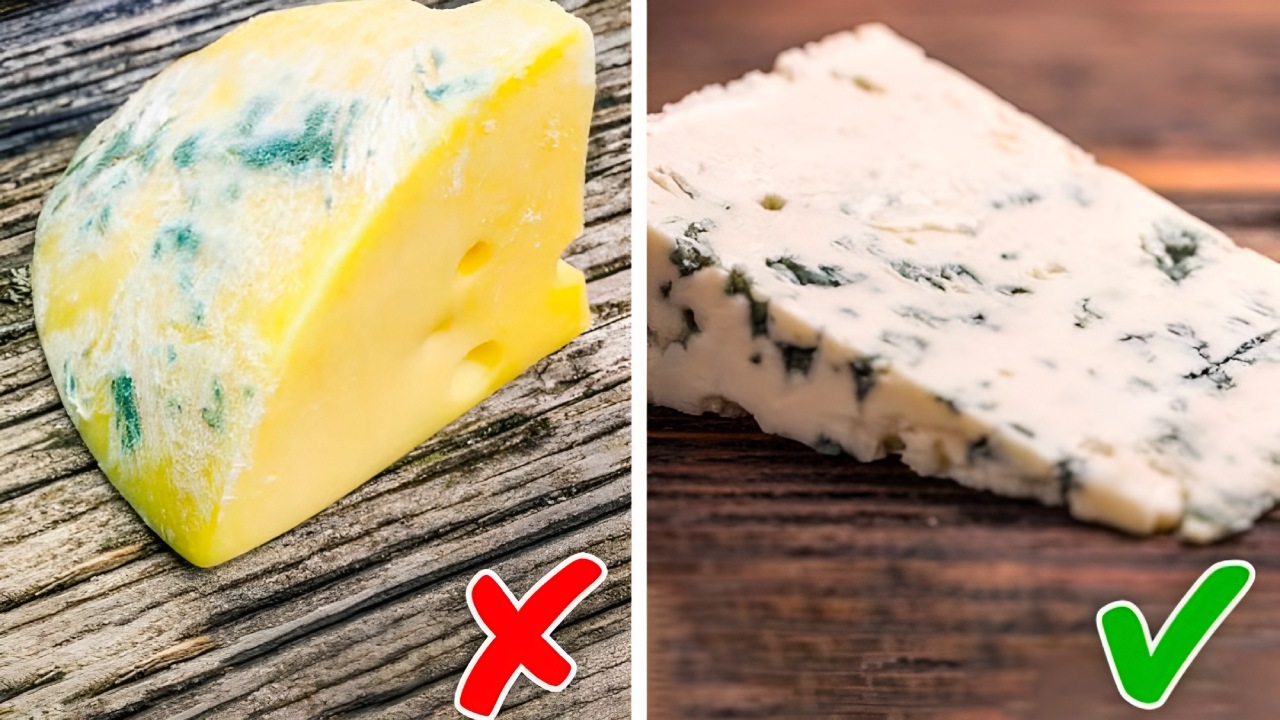
In fact, this varies depending on the type of cheese. For example, soft cheeses such as cream, cottage cheese and cottage cheese are very dangerous when it comes to mold, regardless of whether they are sliced, shredded or crushed. In this type of cheese, mold, Although it is not visible to the naked eye, it actually spreads throughout the cheese. and sending it to the trash would be the best move.
However, if the cheese is hard, the spores that form the mold It cannot spread all over the cheese like it does with soft cheese. In other words, the moldy part can be cut off and eaten again. Among these cheeses; There are cheddar, parmesan, colbi and various Swedish cheeses, but of course they should not be eaten with mold.
Approximately 2-3 cm should be cut around the mold., the remaining part can be consumed with peace of mind. Let’s give a little hint at this point. It is very important not to cut the cheese again with the knife you cut the mold with and not to keep this knife near the cheese. Otherwise, mold will regenerate very quickly.
Just as the type of mold in each food is different, some types of cheese are not the same either.
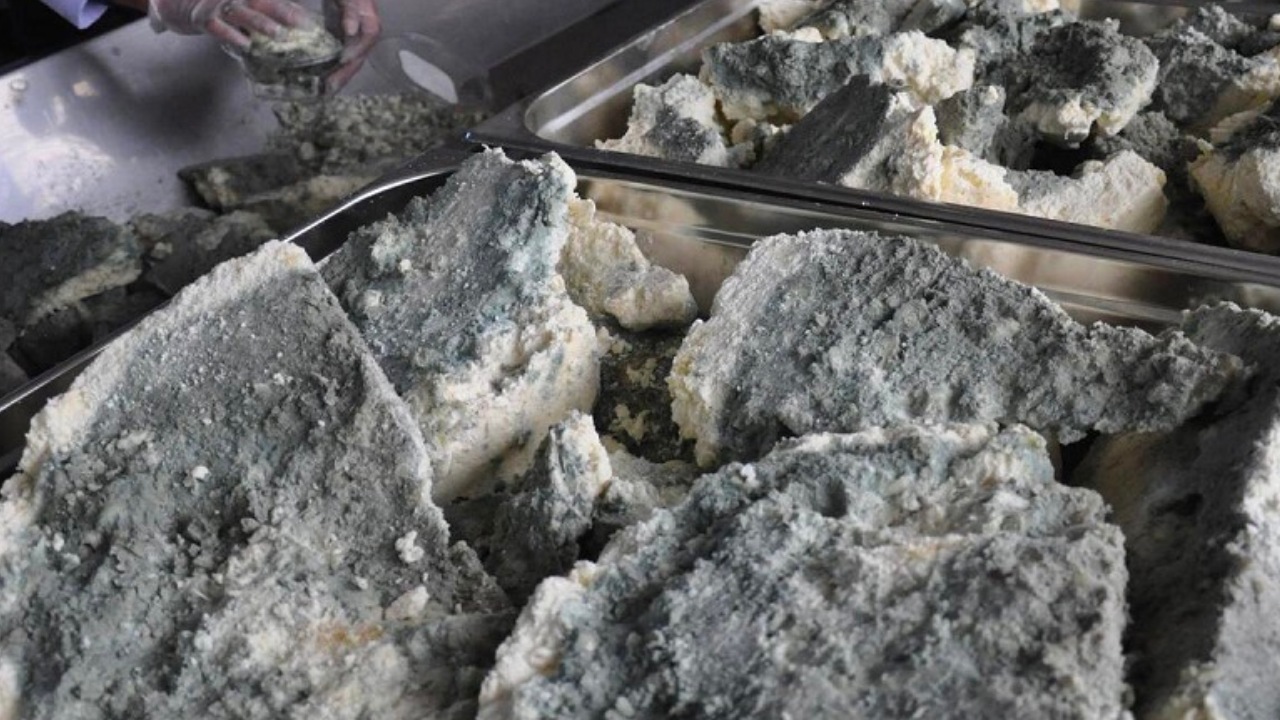
Konya (Divle Cheese)
These mold spores, especially in cheeses sold and consumed as moldy, Far from harming some cheeses, it is their raw material. Cheeses produced with mold as well as consumed with mold are as follows: Stilton, Roquefort, Asiago, Kemembert; Konya (Divle Cheese), Hatay (Cooked Sürk Cheese), Ardahan (Mouldy Cheese), Erzurum (Kerti Cheese) and Burdur (Mouldy Cottage Cheese).
Consumption of these moldy cheeses, examples of which we have given, It does not pose a risk as long as it is purchased from reliable sales places. However, as we mentioned above, buying or continuing to consume moldy cheese, even though it should not be moldy, can cause serious dangers.
Our other content that may interest you:
RELATED NEWS
How healthy is it to eat the rest of the bread after cutting off the moldy part?
RELATED NEWS
I wish he would take water as an example: Why does boiled milk suddenly overflow so much that we have to stand over it?
RELATED NEWS
